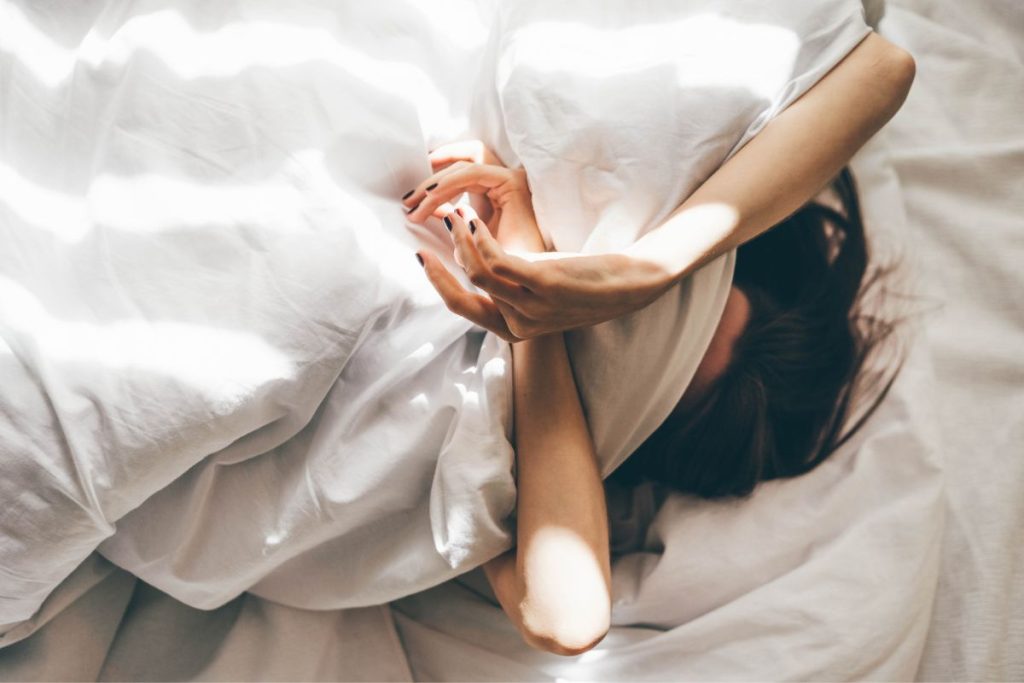In recent years, the realm of sleep has been infiltrated by various « sleep hacks » boasting quick fixes for better rest and immediate drowsiness. These so-called hacks have surged in popularity on social media, positing that with a few simple changes, anyone can enjoy restful nights. But do these tricks truly have the scientific backing they claim? The annual report by the Sleep Cycle app, one of the world’s leading sleep tracking applications, offers insight into these trends, assessing their effectiveness based on data from over a million users globally.
The Reality Behind Mouth Taping
A particularly debated sleep method is « mouth taping, » which involves sealing one’s mouth with tape to minimize snoring and prevent lip dryness. Though Michael Gradisar, Sleep Cycle’s head of sleep science, acknowledges that this technique might provide partial benefits for certain individuals, he stresses the importance of consulting a healthcare professional prior to experimenting. Comprehensive research on snore-specific adhesive tape remains limited, despite some promising initial findings.
Conversely, concepts like « grounding sheets »—sheets that purportedly harness Earth’s energy by connecting to an electrical outlet—are dismissed by Gradisar as having no scientific foundation. Such techniques are labeled unproven in the scientific community and should be approached with skepticism.
Trends with a Glimmer of Hope
Among the myriad of discussed methods, a few trends show potential. For instance, the « sleepy girl mocktail, » a non-alcoholic beverage combining tart cherry juice, magnesium, and sparkling water, has sparked considerable attention on TikTok for its alleged sleep-promoting properties. Gradisar suggests that some ingredients, such as tart cherry and magnesium, might facilitate relaxation and quicker sleep onset, but the effects are generally subtle and not consistent across all populations.
The idea of « digital detox »—avoiding electronic devices before bed—also gains traction, yet Gradisar indicates that my methods gain limited ground when cross-examined by sleep studies. The use of devices before turning in is found not to significantly disrupt sleep when a consistent sleep schedule is maintained.
The Sleep Divorce: An Unconventional Solution
The notion of a « sleep divorce, » where couples choose to sleep in separate beds, emerges as a popular solution for enhancing sleep quality. Gradisar supports this practice, particularly for couples where disturbances like movement, noise, or varying temperatures impact their rest. For those unable to find success with other methods, choosing to sleep separately may offer a no-compromise solution that boosts rest without harming the relationship.
Overall, Gradisar’s evaluation points out that although some of these popular « sleep hacks » provide mild advantages, they certainly do not act as a universal cure-all for sleep-related issues. A personalized approach remains crucial, adapting strategies to the specific needs and situations of individual users.
In this exploration of achieving better sleep, discerning the difference between temporary trends and methods backed by scientific evidence is key to avoiding the unverified promises of digital advice. The stakes are high, as attaining quality sleep lays the groundwork for a life of well-being and health.
